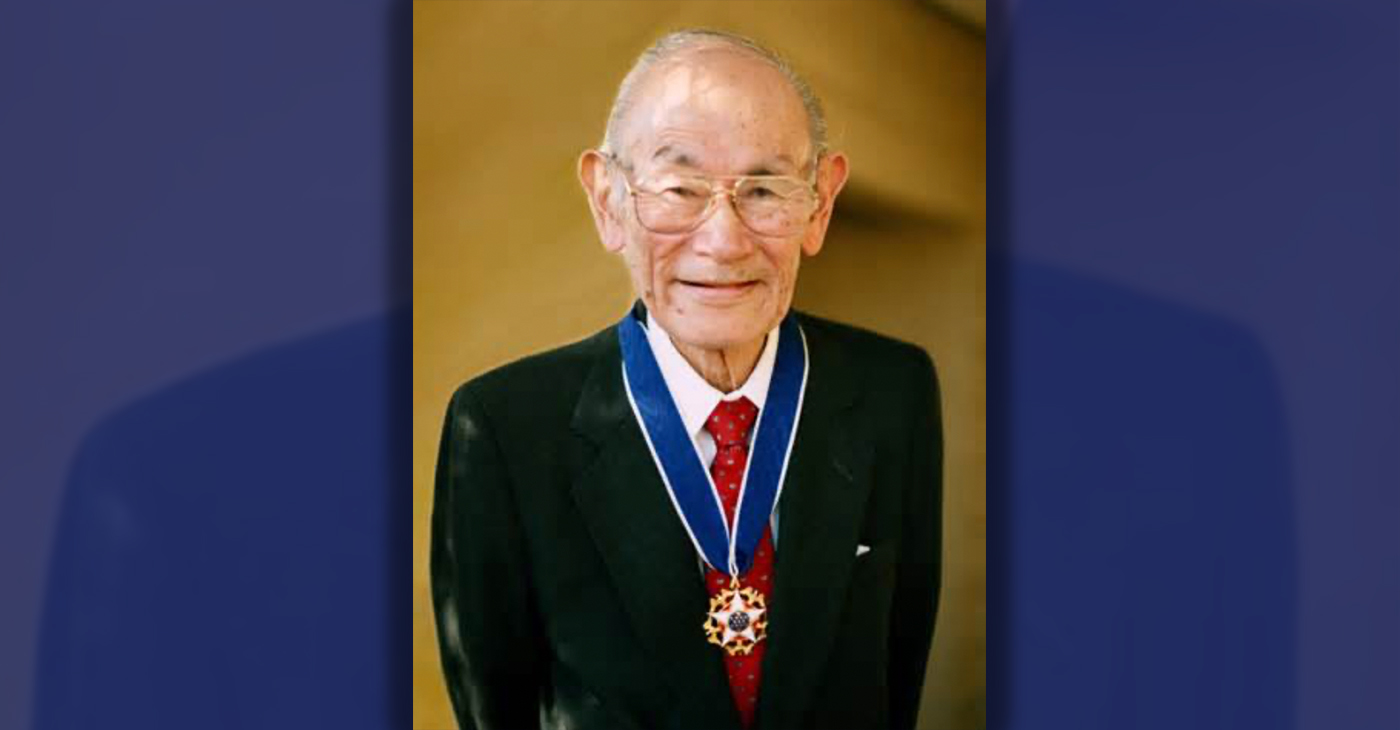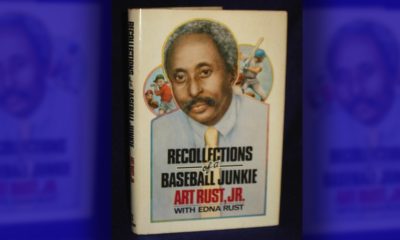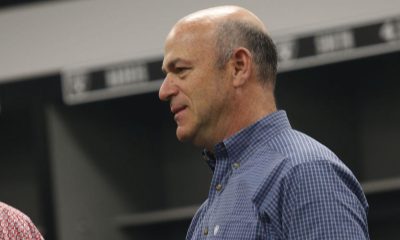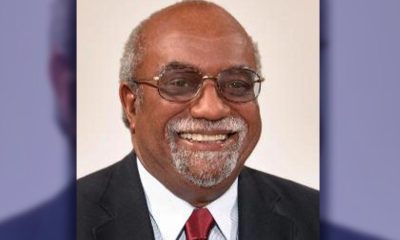Featured
Gray Shines Despite Loss in A’s Opener
Oakland, CA – It looked like the rain would never stop. The sun broke through around six o”clock. Opening Day was almost written off due to bad weather that had covered the entire Bay Area. The sold out crowd made their way to wet seats to witness one of the best starts in Oakland A’s history.
Sonny Gray wiggled his way out of enough jams to earn a place in the A’s history books but he wasn’t able to break the pattern of losing the home opener. Oakland was shutout 2-0 by the Cleveland Indians last night. The opening jitters took a toll but the A’s defense backed their ace to keep the Indians bats quiet through eight innings.
“A little out of kilter early,” said Oakland’s manager Bob Melvin. “But he was able to fight through it and still put up zero’s.”
By the fourth it became a pattern unbroken. Gray walked Carlos Santana to start the frame, followed by Michael Brantley’s doubled. With two outs and two on, Gray got out of the inning unscathed. He struck out Ryan Raburn and Asdrubal Cabrera reached first on a fielder’s choice. Santana was out at home and Brantley went to third. David Murphy grounded out to end the frame.
“I was able to settle down and get out of some big jams,” Gray said. “Which was the story of the night, really!” As a pitcher you always want to put yourself in tough situations and figure a way to get out of them.”
Despite Oakland’s bats being quiet tonight, Gray tossed six, walked three and struck out four. He joins Tim Hudson (2003) as the only pitchers in Oakland history to not allow a run in a Opening Day start. Gray set the bar high, until Jim Johnson lost his command on the mound.
“It’s unfortunate,” said Johnson. “You look at how guys battled, Sonny especially. That was one of the most impressive performances I’ve ever seen. That guy wiggled better than anybody today.”
Top of the sixth, Cabrera hit a line drive to Gray that bounced off his leg. He threw to catcher John Jaso at home plate in time to tag Brantley out. A crew chief asked for the instant replay to make sure Jaso did not block the plate. The ruling was in favor of the A’s and Gray struck out Murphy to end the threat.
The bullpen took over in the seventh. In his pitching debut, Luke Gregerson retired the side and Sean Doolittle keep Cleveland scoreless in the eighth. It was Johnson’s debut that left the sell out crowd fuming. The Indians scored two runs in the ninth to seal their victory.
I would’ve booed me too,” explained Johnson. “I sucked today, I’ll admit it. That’s fine I deserved it. I expect that. The next time they’re probably going to be cheering.”
He issued a free pass to Cabrera, Murphy hit a single and Yan Gomes was hit by a pitch. With the bases loaded, both Nyjer Morgan and Nick Swisher knocked in runs for the 2-0 lead. At that point the A’s had no luck with two of their key players striking out. Oakland had their chance in the eighth when they had two on with Donaldson at the plate.
“That ball was killed,” Cleveland manager Terry Francona said. “So we caught a break there.”
Donaldson’s fly ball went 300 feet in the air and landed on top of the wall to fall into play. Had that ball gone behind, he would’ve cleared the bases for the lead. The bases were loaded with one out. Brandon Moss grounded out to third leaving three stranded.
“I thought it was off the suites,” said Donaldson. “I’m not frustrated with [Daric] Barton (who made it third in hesitation on the play). I was more frustrated it didn’t get out.
Tomorrow, Oakland will try and turn things around in game two of the series. Scott Kazmir will make his debut against his former team. He signed a two-year $22 million contract as a free agent with Oakland after going 10-9 with a 4.04 ERA in 29 starts with the Indians
Activism
Oakland Post: Week of April 17 – 23, 2024
The printed Weekly Edition of the Oakland Post: Week of April 17 – 23, 2024

To enlarge your view of this issue, use the slider, magnifying glass icon or full page icon in the lower right corner of the browser window. ![]()
Activism
Oakland Schools Honor Fred Korematsu Day of Civil Liberties
Every Jan. 30, OUSD commemorates the legacy of Fred Korematsu, an Oakland native, a Castlemont High School graduate, and a national symbol of resistance, resilience, and justice. His defiant stand against racial injustice and his unwavering commitment to civil rights continue to inspire the local community and the nation. Tuesday was “Fred Korematsu Day of Civil Liberties and the Constitution” in the state of California and a growing number of states across the country.

By Post Staff
Every Jan. 30, OUSD commemorates the legacy of Fred Korematsu, an Oakland native, a Castlemont High School graduate, and a national symbol of resistance, resilience, and justice.
His defiant stand against racial injustice and his unwavering commitment to civil rights continue to inspire the local community and the nation. Tuesday was “Fred Korematsu Day of Civil Liberties and the Constitution” in the state of California and a growing number of states across the country.
One OUSD school is named in his honor: Fred T. Korematsu Discovery Academy (KDA) elementary in East Oakland.
Several years ago, founding KDA Principal Charles Wilson, in a video interview with anti-hate organization “Not In Our Town,” said, “We chose the name Fred Korematsu because we really felt like the attributes that he showed in his work are things that the children need to learn … that common people can stand up and make differences in a large number of people’s lives.”
Fred Korematsu was born in Oakland on Jan. 30, 1919. His parents ran a floral nursery business, and his upbringing in Oakland shaped his worldview. His belief in the importance of standing up for your rights and the rights of others, regardless of race or background, was the foundation for his activism against racial prejudice and for the rights of Japanese Americans during World War II.
At the start of the war, Korematsu was turned away from enlisting in the National Guard and the Coast Guard because of his race. He trained as a welder, working at the docks in Oakland, but was fired after the bombing of Pearl Harbor in 1941. Fear and prejudice led to federal Executive Order 9066, which forced more than 120,000 Japanese Americans out of their homes and neighborhoods and into remote internment camps.
The 23-year-old Korematsu resisted the order. He underwent cosmetic surgery and assumed a false identity, choosing freedom over unjust imprisonment. His later arrest and conviction sparked a legal battle that would challenge the foundation of civil liberties in America.
Korematsu’s fight culminated in the Supreme Court’s initial ruling against him in 1944. He spent years in a Utah internment camp with his family, followed by time living in Salt Lake City where he was dogged by racism.
In 1976, President Gerald Ford overturned Executive Order 9066. Seven years later, the 9th Circuit Court of Appeals in San Francisco vacated Korematsu’s conviction. He said in court, “I would like to see the government admit that they were wrong and do something about it so this will never happen again to any American citizen of any race, creed, or color.”
Korematsu’s dedication and determination established him as a national icon of civil rights and social justice. He advocated for justice with Rosa Parks. In 1998, President Bill Clinton gave him the Presidential Medal of Freedom saying, “In the long history of our country’s constant search for justice, some names of ordinary citizens stand for millions of souls … To that distinguished list, today we add the name of Fred Korematsu.”
After Sept. 11, 2001, Korematsu spoke out against hatred and discrimination, saying what happened to Japanese Americans should not happen to people of Middle Eastern descent.
Korematsu’s roots in Oakland and his education in OUSD are a source of great pride for the city, according to the school district. His most famous quote, which is on the Korematsu elementary school mural, is as relevant now as ever, “If you have the feeling that something is wrong, don’t be afraid to speak up.”
Community
For Cervical Cancer Month, Medical Community Focused on Education
January was Cervical Cancer Awareness Month. Physicians, advocates and others in the medical community commemorated the month by raising awareness about a form of cancer they say is highly preventable and treatable. Cervical cancer is caused by a virus called the human papillomavirus (HPV) and it develops slowly over time but can be prevented with proper care in girls as young as 13 years old.

By Magaly Muñoz
January was Cervical Cancer Awareness Month.
Physicians, advocates and others in the medical community commemorated the month by raising awareness about a form of cancer they say is highly preventable and treatable.
Cervical cancer is caused by a virus called the human papillomavirus (HPV) and it develops slowly over time but can be prevented with proper care in girls as young as 13 years old.
Sonia Ordonez, an OBGYN and gynecology surgeon at Kaiser Permanente, stated that as soon as people with cervixes reach the maturity reproductive age, they should start taking preventative measures like getting the HPV vaccine. The vaccine involves a series of two-doses for people aged 9 through 14 or three-doses for people 15 through 45 years old.
“I see a lot of young women who can’t remember or may not have gotten [the vaccine] when they were younger, or maybe got one, but we can give them the series of vaccines and restart at any point in time,” Ordonez said.
She said that cervical cancer is not the only cancer caused by HPV. Strains of the virus can also lead to throat, anal and penile cancers.
Screening is also an effective way to check for cervical cancer and should be done every three years after someone turns 21, doctors recommend. It is best to start as early as possible to catch occurrences early.
Ordonez said that this cancer is also more likely found in people of color and has led to more deaths overall.
A Mayo Clinic article published last month stated that Black women are more likely to be diagnosed and die of cervical cancer, compared to White women in the U.S.
2,000 Black women are diagnosed every year with cervical cancer and 40% die as a result.
“This disparity is not due to genetic differences among White, Black or Hispanic women, but rather related to systemic racism, access to healthcare and socioeconomic factors,” Dr. Olivia Cardenas-Trowers, a Mayo Clinic urogynecologist, said in the article.
Ordonez stated that immigrant women are also highly susceptible to the cancer, as many Latin American countries may not have accessibility to screenings or lack of insurance makes it harder for them to get tested.
Hispanic women are 40% more likely to be diagnosed with cervical cancer, and 30% more likely to die from it, as compared to non-Hispanic White women, according to the Office of Minority Health.
Family medicine physician, Joy Anyanwu, stated that the pandemic contributed to hesitancy about getting cervical cancer screenings among some women. Other factors are people’s aversion to vaccines, parents not wanting to believe that their children are or will become sexually active, and doubt about the overall effectiveness of the vaccine.
“The vaccine is very safe — over 97% effective in preventing cervical cancer,” Anyanwu said. “Even if you aren’t having sex, the earlier you start would actually help.”
Anyanwu said she understands that parents might not want to ask questions about their children’s reproductive health, but it’s a mindset that can be a barrier to having important conversation about prevention or care.
To keep families their families and communties healthy, the doctor emphasized that people should prioritize keeping up with their vaccine series and going to screenings every year.
-

 Activism4 weeks ago
Activism4 weeks agoOakland Post: Week of March 20 – 26, 2024
-

 #NNPA BlackPress3 weeks ago
#NNPA BlackPress3 weeks agoCOMMENTARY: D.C. Crime Bill Fails to Address Root Causes of Violence and Incarceration
-

 #NNPA BlackPress4 weeks ago
#NNPA BlackPress4 weeks agoFrom Raids to Revelations: The Dark Turn in Sean ‘Diddy’ Combs’ Saga
-

 #NNPA BlackPress3 weeks ago
#NNPA BlackPress3 weeks agoMayor, City Council President React to May 31 Closing of Birmingham-Southern College
-

 #NNPA BlackPress4 weeks ago
#NNPA BlackPress4 weeks agoCOMMENTARY: Lady Day and The Lights!
-

 Activism3 weeks ago
Activism3 weeks agoOakland Post: Week of March 27 – April 2, 2024
-

 #NNPA BlackPress4 weeks ago
#NNPA BlackPress4 weeks agoBaltimore Key Bridge Catastrophe: A City’s Heartbreak and a Nation’s Alarm
-

 #NNPA BlackPress4 weeks ago
#NNPA BlackPress4 weeks agoBaltimore’s Key Bridge Struck by Ship, Collapses into Water




















































